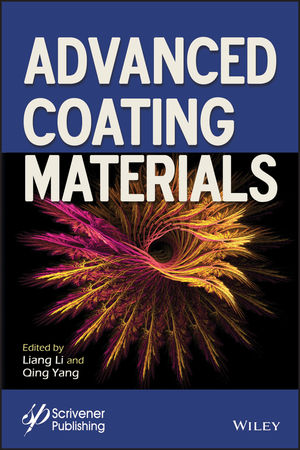Research Details How Bio-Inspired Coating Increases LED Efficiency

WASHINGTON, DC — The nighttime twinkling of fireflies has inspired scientists to modify a light-emitting diode (LED) so it is more than one and a half times as efficient as the original. Researchers from Belgium, France and Canada studied the internal structure of firefly lanterns, the organs on the bioluminescent insects’ abdomens that flash to attract mates. The scientists identified an unexpected pattern of jagged scales that enhanced the lanterns’ glow and applied that knowledge to LED design to create an LED overlayer that mimicked the natural structure. The overlayer, which increased LED light extraction by up to 55 percent, could be easily tailored to existing diode designs to help humans light up the night while using less energy. The work is published in a pair of papers in the Optical Society’s (OSA) open-access journal Optics Express.
Fireflies create light through a chemical reaction that takes place in specialized cells called photocytes. The light is emitted through a part of the insect’s exoskeleton called the cuticle. Light travels through the cuticle more slowly than it travels through air, and the mismatch means a proportion of the light is reflected back into the lantern, dimming the glow. The unique surface geometry of some fireflies’ cuticles, however, can help minimize internal reflections, meaning more light escapes to reach the eyes of potential firefly suitors.
In the Optics Express papers, scientists describe the intricate structures they saw when they examined firefly lanterns and then present how the same features could enhance LED design. Using scanning electron microscopes, the researchers identified structures such as nanoscale ribs and larger, misfit scales, on the fireflies’ cuticles. When the researchers used computer simulations to model how the structures affected light transmission they found that the sharp edges of the jagged, misfit scales let out the most light. The finding was confirmed experimentally when the researchers observed the edges glowing the brightest when the cuticle was illuminated from below.
“We refer to the edge structures as having a factory roof shape,” says Annick Bay, a Ph.D. student at the University of Namur in Belgium who helped conduct the research. “The tips of the scales protrude and have a tilted slope, like a factory roof.” The protrusions repeat approximately every 10 micrometers, with a height of approximately three micrometers. “In the beginning we thought smaller nanoscale structures would be most important, but surprisingly in the end we found the structure that was the most effective in improving light extraction was this big-scale structure,” says Bay.
Human-made light-emitting devices like LEDs face the same internal reflection problems as fireflies’ lanterns and Bay and her colleagues thought a factory roof-shaped coating could make LEDs brighter. In the second Optics Express paper, the researchers describe the method they used to create a jagged overlayer on top of a standard gallium nitride LED. Nicolas André, a postdoctoral researcher at the University of Sherbrooke in Canada, deposited a layer of light-sensitive material on top of the LEDs and then exposed sections with a laser to create the triangular factory-roof profile. Since the LEDs were made from a material that slowed light even more than the fireflies’ cuticle, the scientists adjusted the dimensions of the protrusions to a height and width of five micrometers to maximize the light extraction.
“What’s nice about our technique is that it’s an easy process, and we don’t have to create new LEDs,” says Bay. “With a few more steps we can coat and laser pattern an existing LED.”
Other research groups have studied the photonic structures in firefly lanterns as well and have even mimicked some of the structures to enhance light extraction in LEDs, but their work focused on nanoscale features. The Belgium-led team is the first to identify micrometer-scale photonic features, which are larger than the wavelength of visible light, but which surprisingly improved light extraction better than the smaller nanoscale features. The factory roof coating that the researchers tested increased light extraction by more than 50 percent, a significantly higher percentage than other biomimicry approaches have achieved to date. The researchers speculate that, with achievable modifications to current manufacturing techniques, it should be possible to apply these novel design enhancements to current LED production within the next few years.
Looking for a reprint of this article?
From high-res PDFs to custom plaques, order your copy today!






